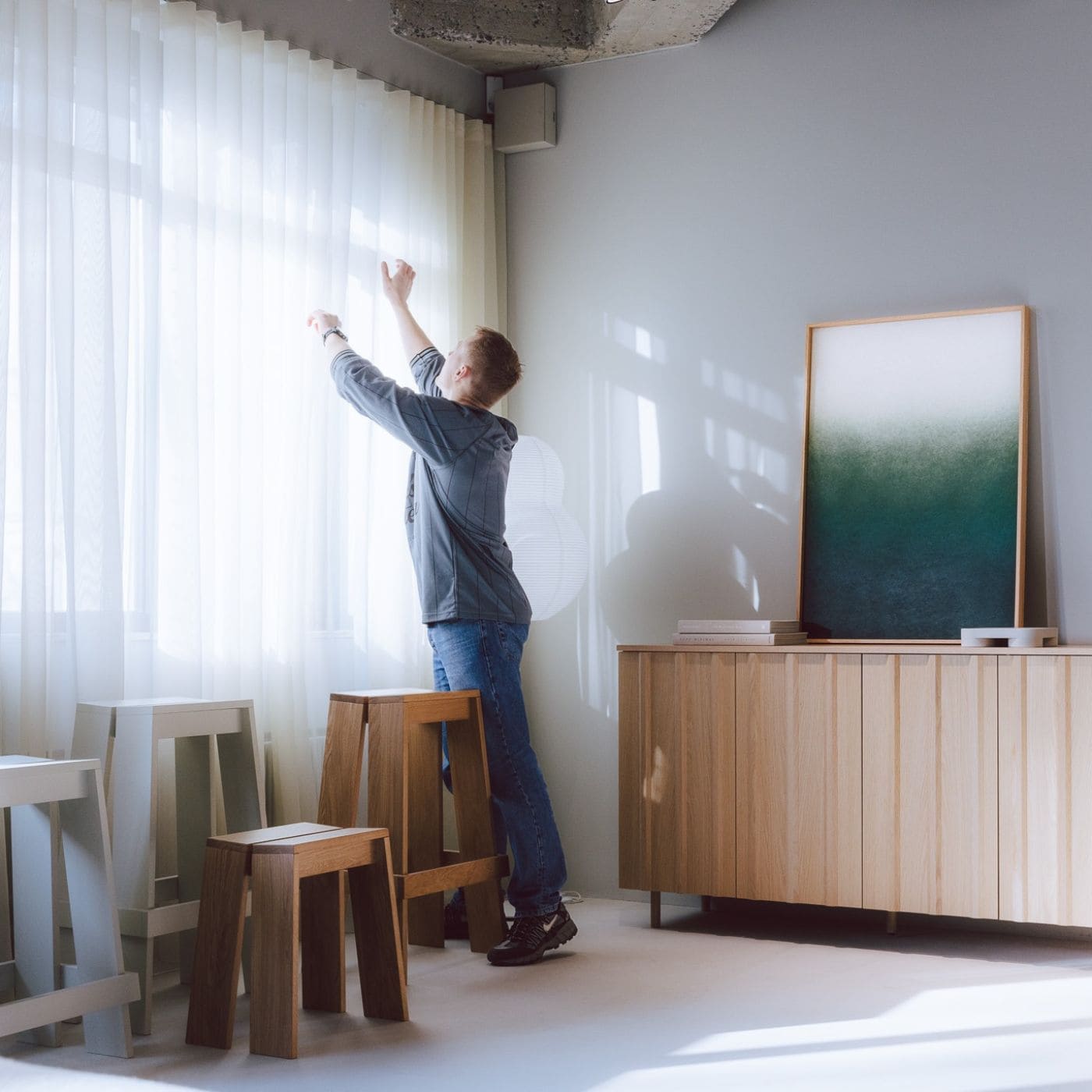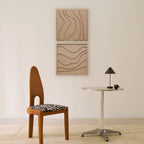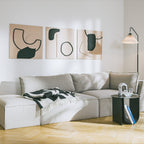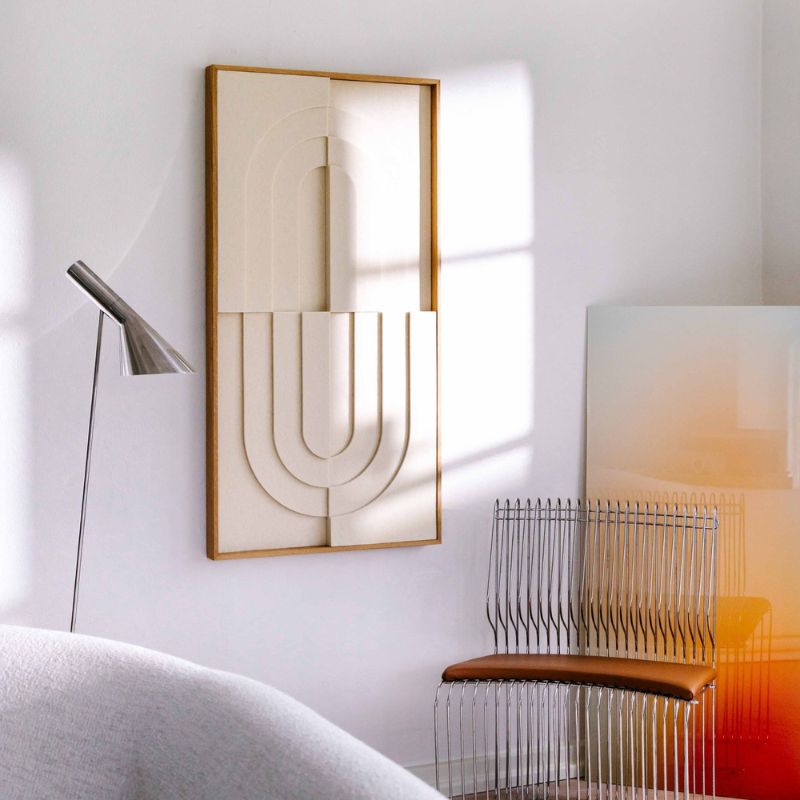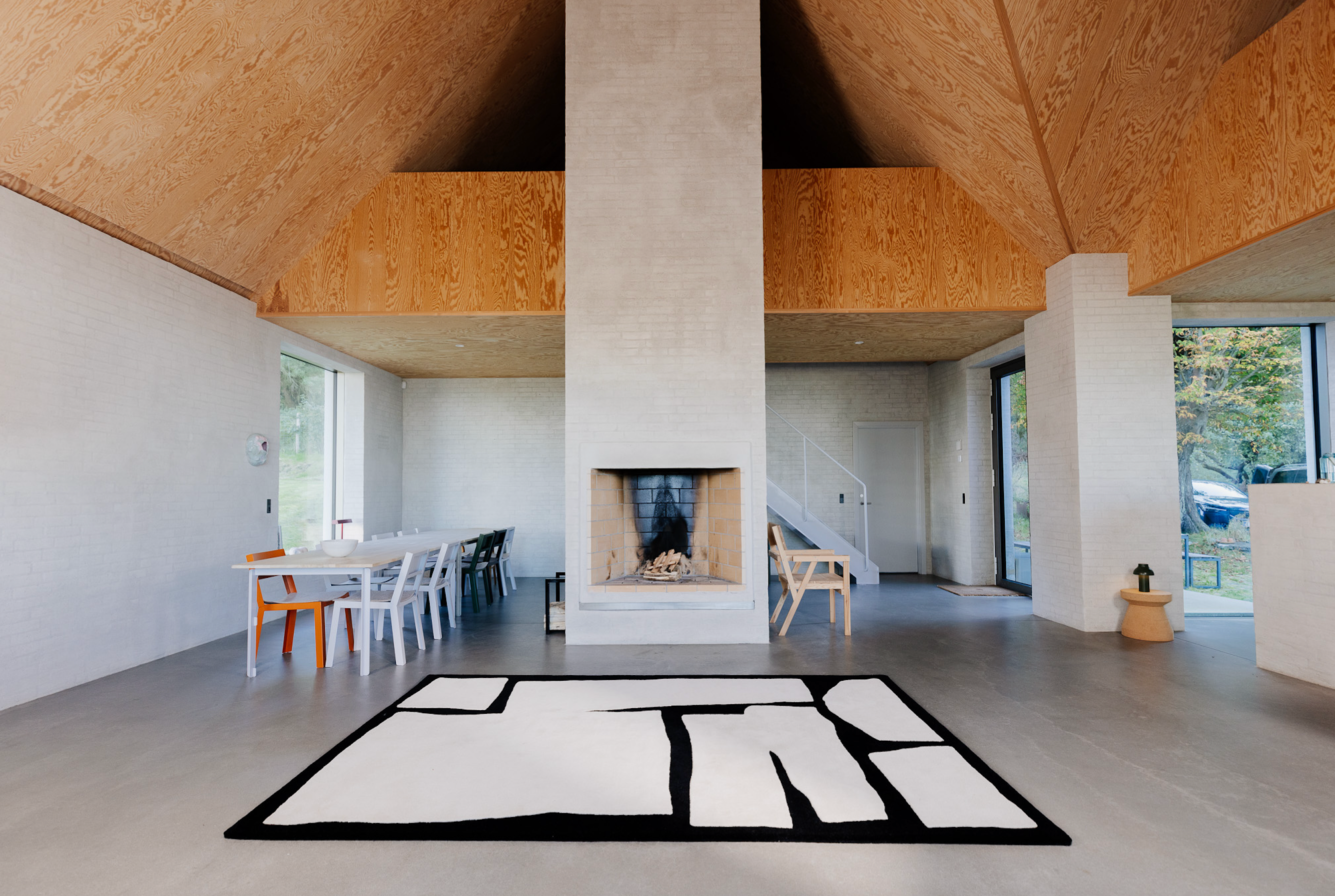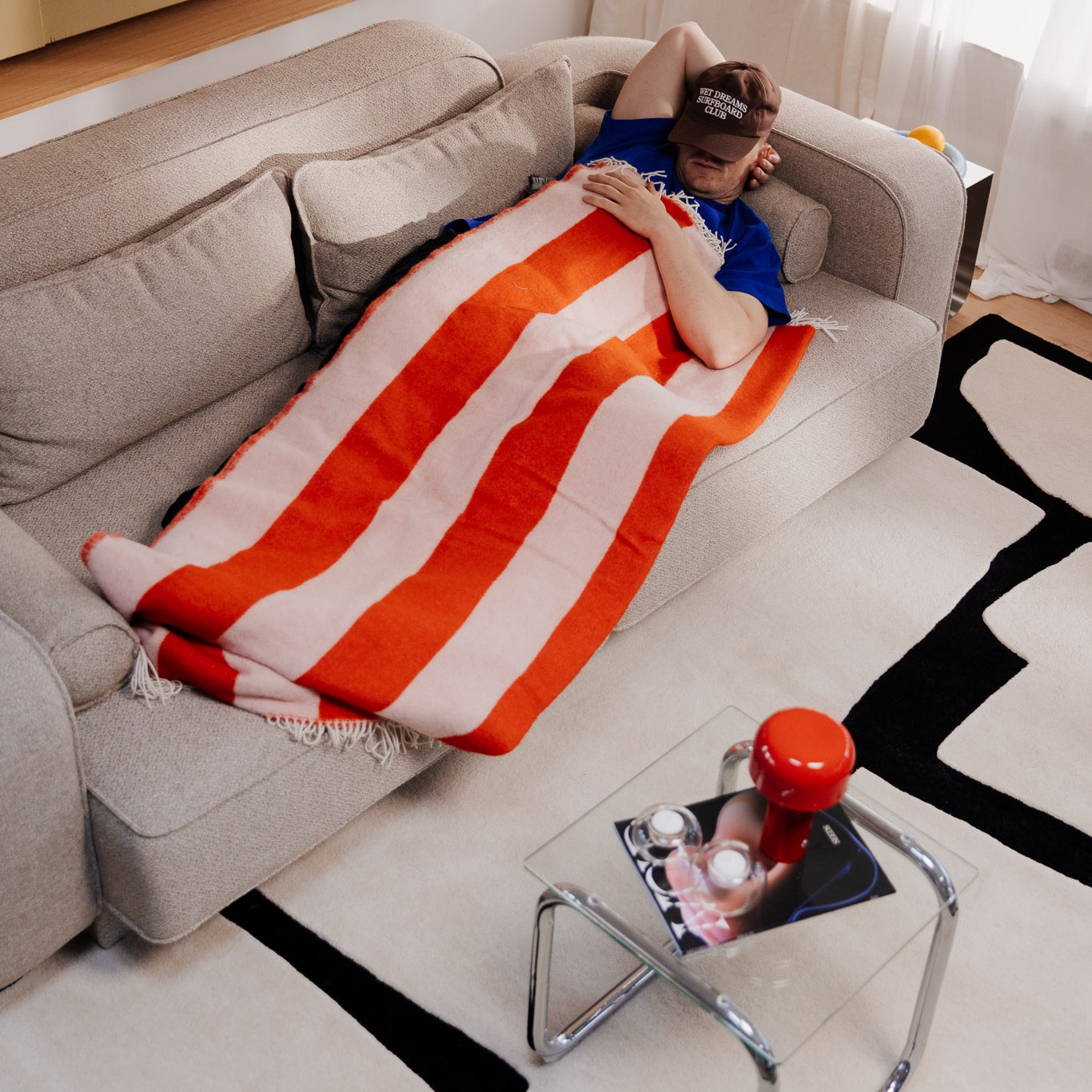
7 signs your home has bad acoustics – and what you can do about it
Have you ever walked into a room that felt oddly loud - even when no one was talking? Or maybe your living room sounds like a cave, making it hard to enjoy music or have a simple conversation. These are often signs of bad acoustics, and they affect more homes than you might think.
Bad acoustics in a room can cause echo, harsh sound reflections, and even listening fatigue. It's not just an annoyance - it can shape how comfortable, calm, or functional your home feels. Poor home acoustics make it harder to focus, relax, or connect with others, especially in open-plan spaces or rooms with hard surfaces.
The good news? You don’t need to renovate your home to fix it. This guide will help you spot the 7 most common signs of acoustic problems and give you simple, effective ways to restore balance. From softening echo to choosing the right materials, we’ll walk you through how to improve room acoustics without compromising on style.
7 Clear Signs of Bad Acoustics at Home
1. Your voice echoes when you speak
Does your voice sound like it’s bouncing off the walls? That classic echoey effect is often a sign of poor room acoustics. It happens when sound waves reflect off hard surfaces like bare walls, ceilings, windows, or floors — without anything soft to absorb them. Large, empty rooms with minimal furniture tend to amplify the issue, making even normal conversation feel like you're speaking in a cave.
2. You Feel Mentally Tired in Certain Rooms
Ever walk out of a room feeling drained without knowing why? That could be sound fatigue, a common symptom of bad acoustics at home. In echoey spaces like kitchens or home offices, your brain works overtime to process and filter sound. Over time, this constant effort can lead to tension, poor focus, or even headaches especially in rooms where you spend long hours.
Learn how acoustics affect your brain and mental clarity.
3. Conversations Are Hard to Follow
If voices sound muffled or sharp, or bounce around the room, chances are your room acoustics need help. Hard materials like tile, glass, or concrete reflect sound, making it difficult to catch what someone’s saying even if they're just a few feet away. Instead of flowing naturally, conversation becomes a strain, especially in dining areas, kitchens, or open-plan living spaces.
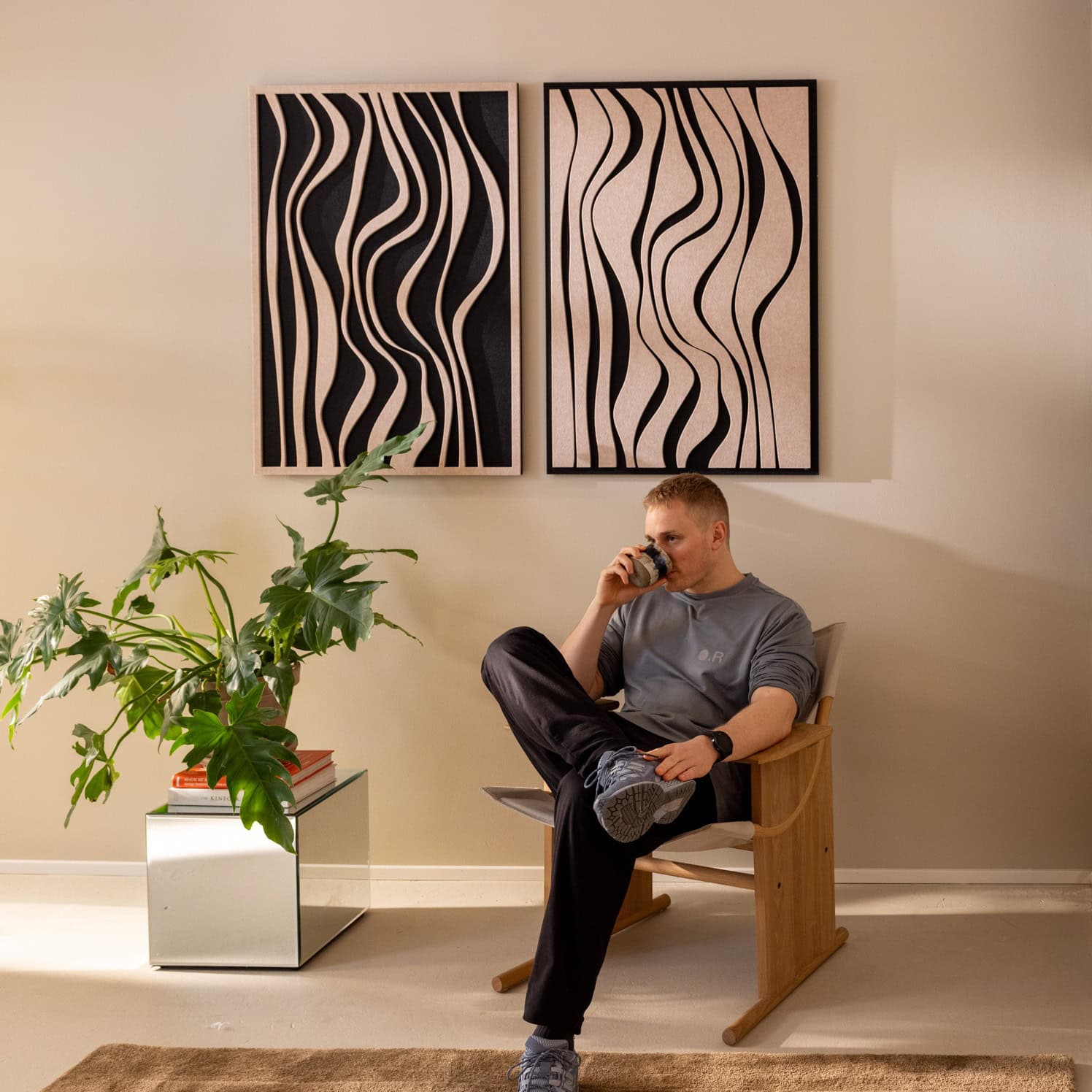
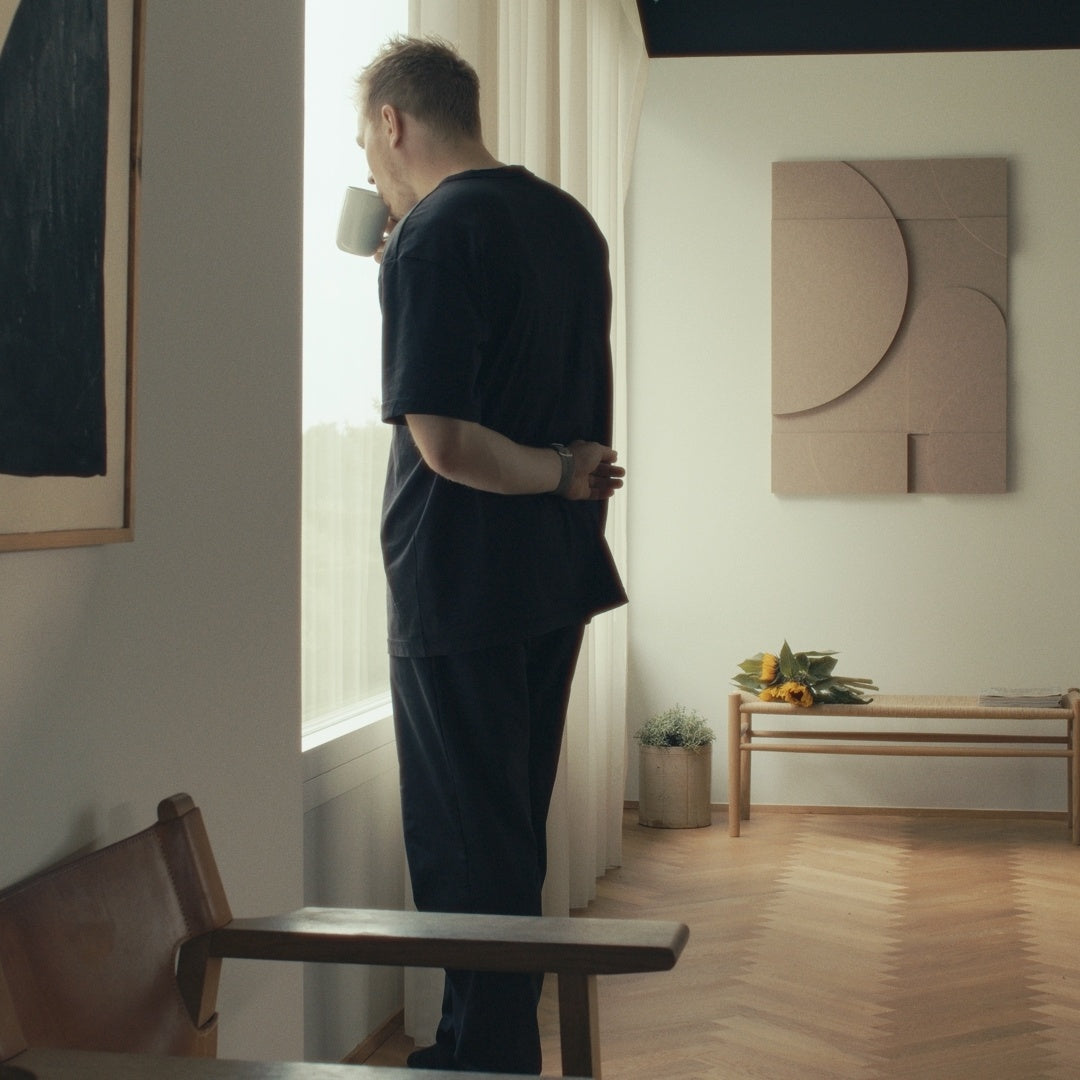
4. Music and TV Sound Sharp or Echoey
Does your TV or speaker system sound too sharp, tinny, or like it’s bouncing off the walls? That’s a classic symptom of bad acoustic conditions. When sound waves aren't absorbed properly, they reflect and overlap - causing distortion. You might even find yourself turning up the volume, not because it’s too quiet, but because you’re trying to cut through the noise bouncing around the room.
5. You Hear Noise from Other Rooms or Neighbors
If you can clearly hear footsteps from upstairs, conversations through the wall, or your neighbor’s playlist - your room acoustics likely need attention. Poor acoustics don’t just affect the sounds inside a room; they also fail to contain or block outside noise. Without proper absorption, sound travels farther and feels more intrusive, making your home feel less private and less peaceful.
6. Everyday Sounds Seem Unnaturally Loud
If ordinary sounds – like kids playing, cutlery clinking, or footsteps – feel too loud or jarring, it’s often a sign that your space lacks materials that soften acoustics. In rooms without enough fabric, texture, or sound-absorbing surfaces, noises bounce freely and feel amplified. That creates a sense of constant sharpness and can make lively homes feel noisy and chaotic.
7. You Avoid Certain Rooms Because They Feel “Unsettling”
Ever noticed how some rooms feel oddly uncomfortable even if they look great? That might be your ears, not your eyes, reacting. Room acoustics influence how relaxed we feel in a space. If a room is echoey, overly loud, or just feels “off,” it can subtly affect your mood and make you less likely to spend time there. That’s why good acoustics are important — not just for sound, but for overall well-being.
Explore the long-term effects of poor acoustics on your health and mood here.
What You Can Do to Improve Bad Acoustics at Home?
Noticed one or more of the signs above? The good news is that bad home acoustics are fixable - with a few smart choices. Below, you’ll find practical ways to soften acoustics and bring calm back to your space without sacrificing your personal style.
How to Improve Acoustics – Without Compromising on Style
Bad acoustics don’t mean you have to start over with your interior. In fact, some of the most effective solutions are also the most beautiful. From acoustic art panels to soft furnishings, here are four ways to improve room acoustics while maintaining your personal style.

Incorporate Soft Materials and Surfaces
If a room feels harsh or echoey, add materials that absorb sound naturally. Sound dampening rugs, floor-length curtains, and even throw pillows can make a big difference—especially in rooms with tile, glass, or hardwood floors.
Layering soft textures across horizontal and vertical surfaces will help reduce reverberation and create a more peaceful, grounded atmosphere. Explore the Arturel Rugs collection for high-quality acoustic-friendly designs that complete the look.
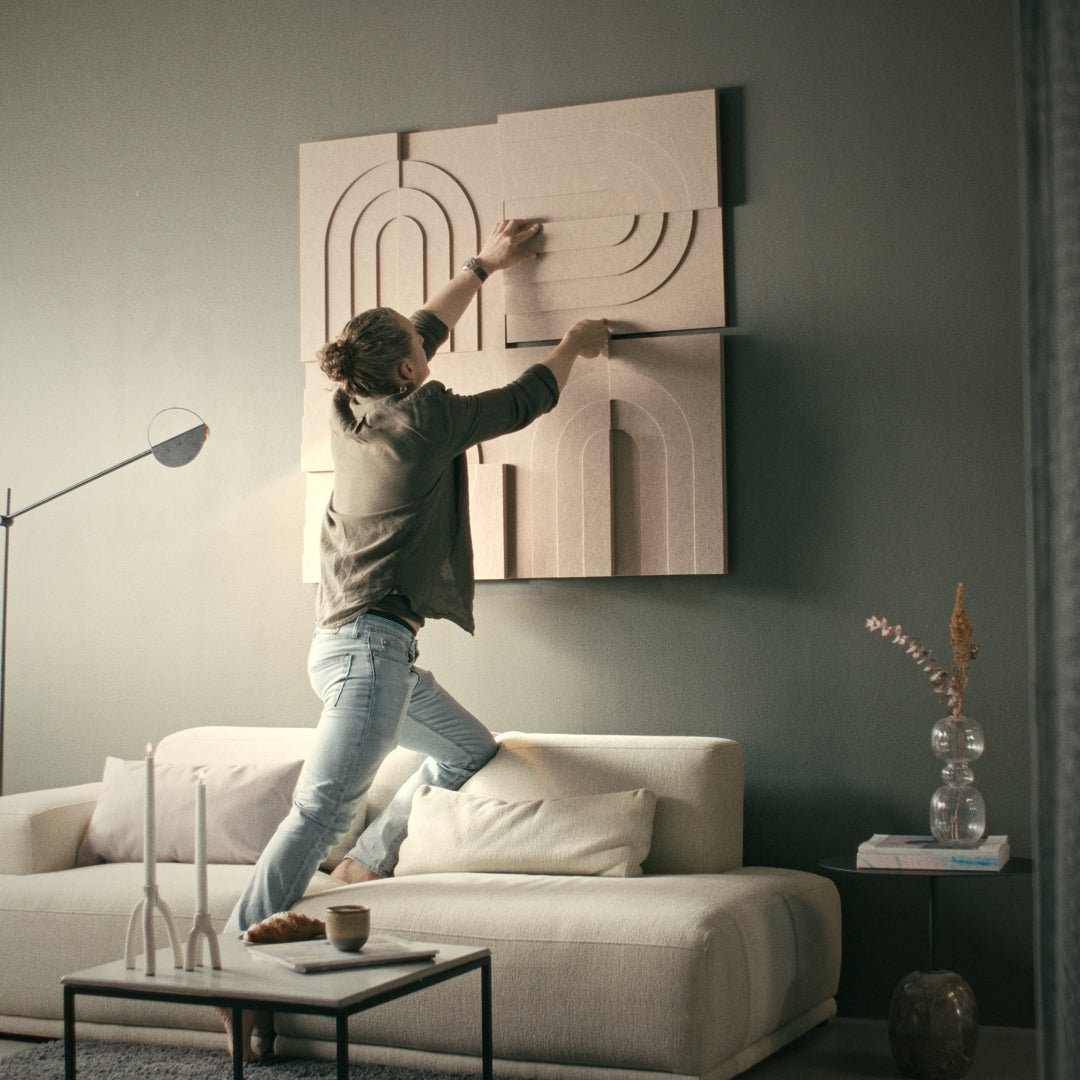
Use Acoustic Wall Art
Acoustic images are one of the most seamless ways to reduce echo while enhancing your interior. These sound-absorbing panels are designed to soften acoustics by breaking up hard surfaces and diffusing sound waves—without looking like typical acoustic panels.
Collections like Arch, Kvadrat, and Wave feature modern acoustic panels that blend form and function. Whether you prefer bold shapes or calming gradients, there’s an artwork that fits your space and helps solve your home acoustics challenges.

Create Zones in Large Spaces with Acoustic Elements
Open layouts are beautiful—but they often come with acoustic problems like echo and lack of privacy. One way to improve room acoustics in these spaces is to use acoustic artwork to visually and acoustically “zone” your space.
For example, placing a larger panel like those in our Royal Guard collection between two areas (e.g. dining and lounge) helps control sound flow and reduce ambient noise across zones - without having to build walls.

Design for Calm with Color and Form
Acoustics and aesthetics aren’t separate - they influence each other. Choosing artwork with calming tones, soft geometry, or abstract gradients can impact how a room feels, looks, and sounds.
Pieces from the Stone or Hazy collections not only enhance your interior visually—they’re designed to create good acoustics in a room through layered textures and sound-absorbing materials.
Ready to Create Better Acoustics in Your Home?
Bad acoustics are more common than most people realize and they can seriously affect your comfort, focus, and overall well-being at home. The good news? Improving room acoustics doesn’t require major renovations. With just a few changes, you can transform an echoey, noisy space into one that feels calm and balanced.
That’s usually enough to make a noticeable difference in sound absorption especially when combined with soft materials and thoughtful layout. Whether you’re dealing with echo, sharp noise, or just want a quieter home office, we’ve got solutions that blend function with design.
Explore our full range of acoustic wall art and panels here.
Blog posts
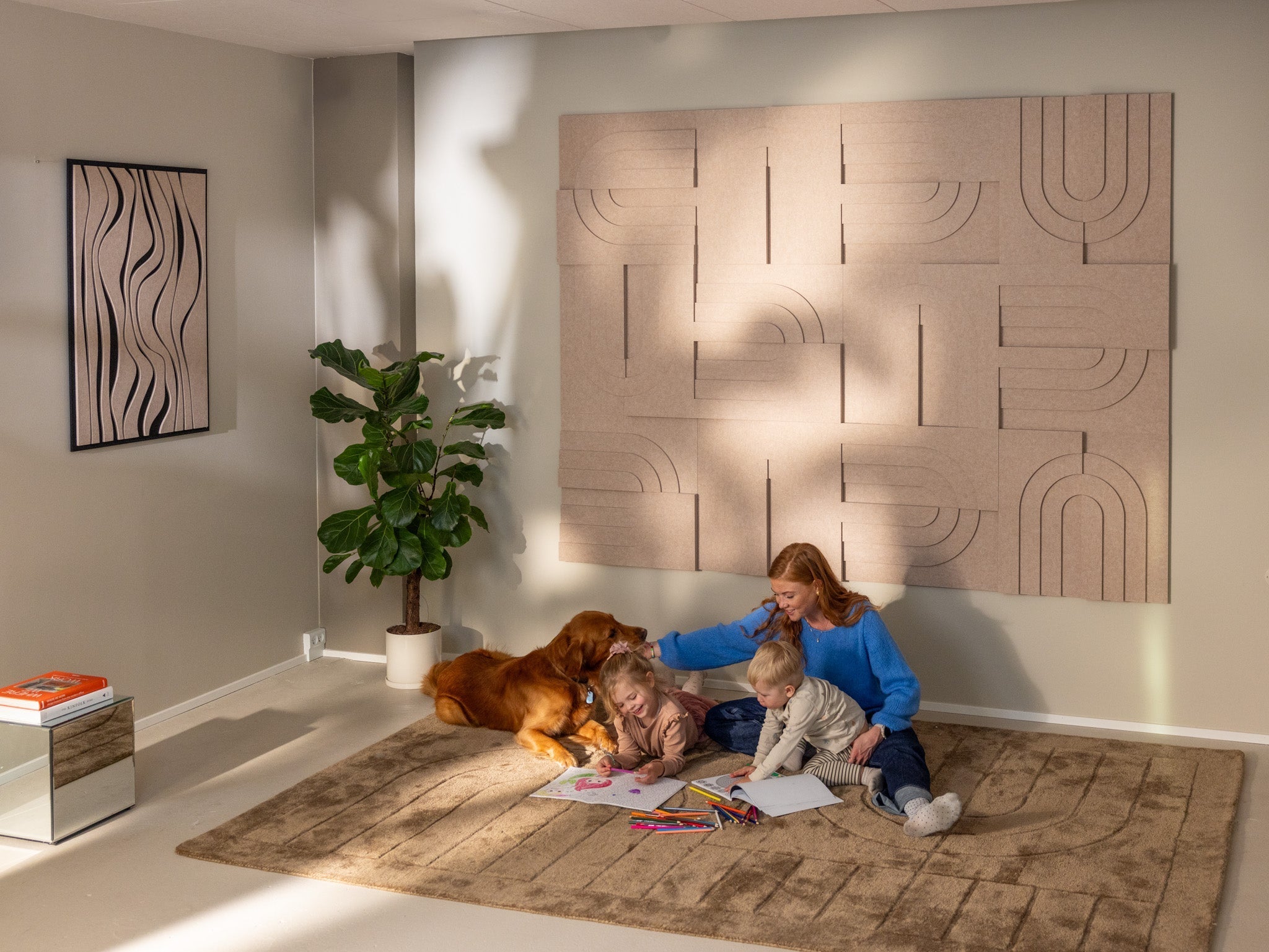
The science of acoustic panels explained
The science of acoustic panels explained
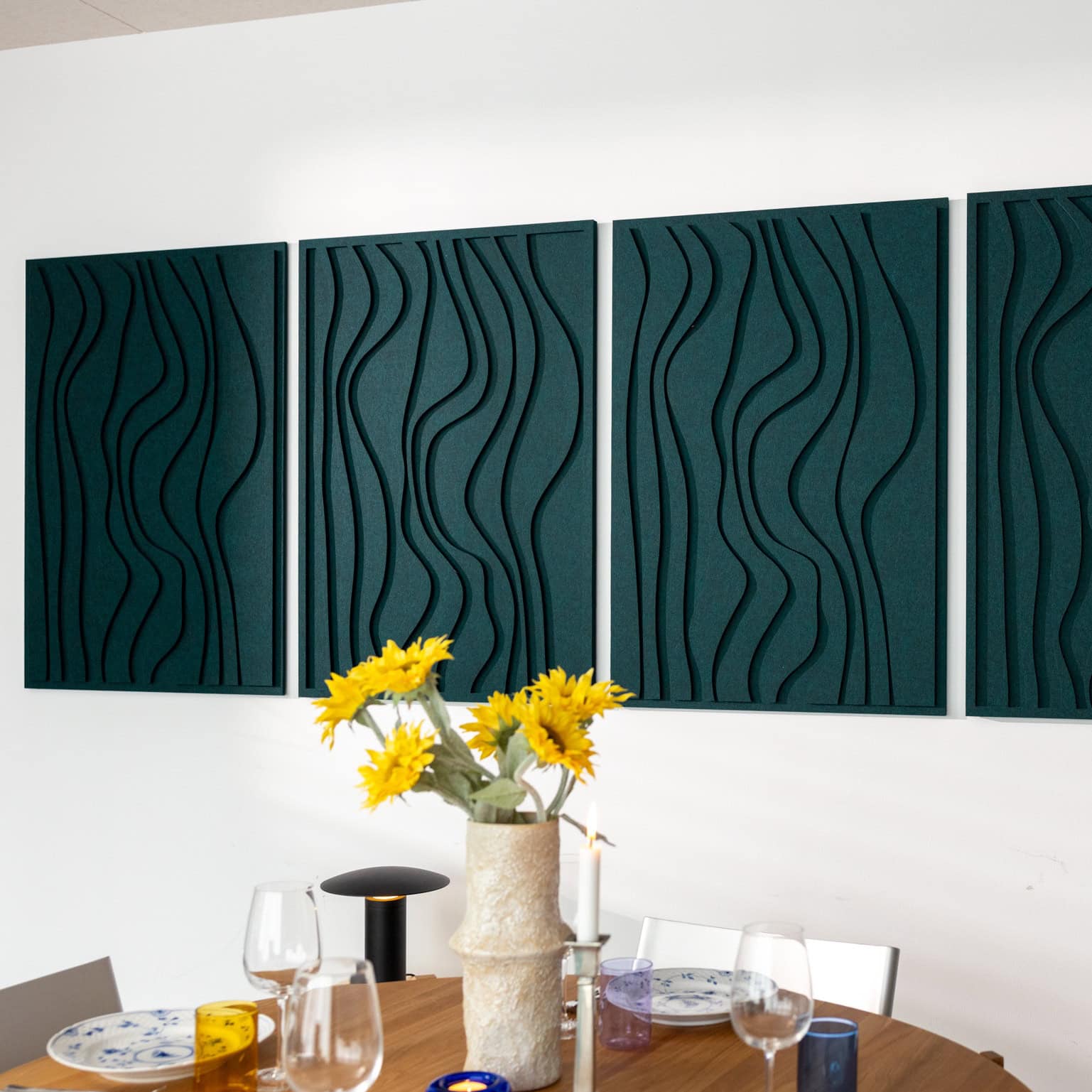
5 Places to Use Decorative Sound Panels (That Aren’t Just Studios)
5 Places to Use Decorative Sound Panels (That Aren’t Just Studios)
